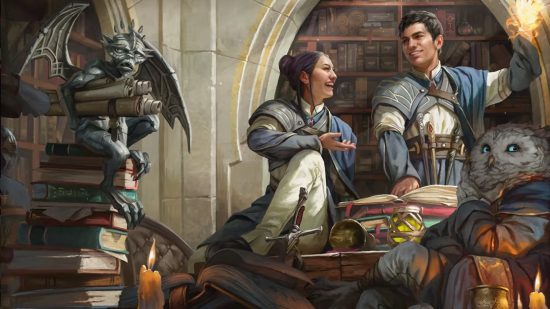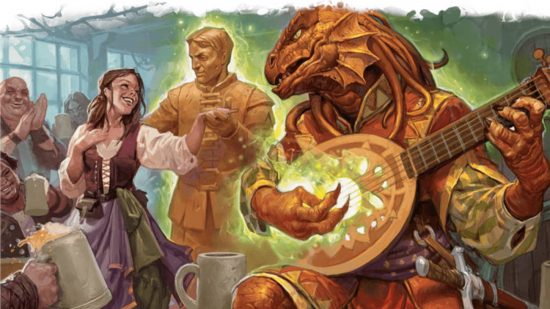Wizards of the Coast has released its new draft of the Open Gaming Licence for general scrutiny, following through on the promises it made earlier this week. The most notable part, aside from the fact that it’s very deliberately stuck the word ‘irrevocable’ in there, is that some amount of D&D content will be added to Creative Commons.
“We’re giving the Core D&D mechanics to the community,” says Dungeons and Dragons executive producer Kyle Brink, explaining that “because we don’t control the licence, releasing the D&D core rules under the Creative Commons will be a decision we can never change.”
The OGL 1.2 draft document explains which D&D content will be released under Creative Commons, providing a load of page numbers from the existing SRD 5.1. “Wizards is not placing any limitations at all on how you use that content,” the document explains.
So what exactly is going to be free to use with no restrictions? Here’s a quick overview of all the D&D rules being added to Creative Commons:
- How to level up in D&D
- DnD Alignments
- DnD Languages
- 5e Multiclassing
- An explanation of DnD backgrounds
- DnD armor, weapons, adventuring gear, etc
- Basic shopping lists
- DnD skills
- Ability Score checks
- Saving throws
- Combat rules
- Spellcasting rules
- DnD Monster categories (fey, aberration, etc)
- Hit dice, common abilities, basically what you’d find on a monster stat block
- DnD conditions (eg Incapacitated 5e)
So essentially, we’ll get all the generic rules, but nothing specific – no spells, monsters, magic items, backgrounds or the like. Notably, not even the D&D races or D&D classes lists are part of the Creative Commons content. You’ll need to do a lot of homebrewing, but it serves as rules framework from which to hang your own third party content.One little quibble is that the OGL 1.2 says everything in these sections of the SRD will fall under Creative Commons except for “the examples used on those pages”. It’s a little unclear at first what that means, but presumably it refers to things like the Acolyte D&D background given as an example on pages 60-61, or the Grappler DnD feat on page 75.

